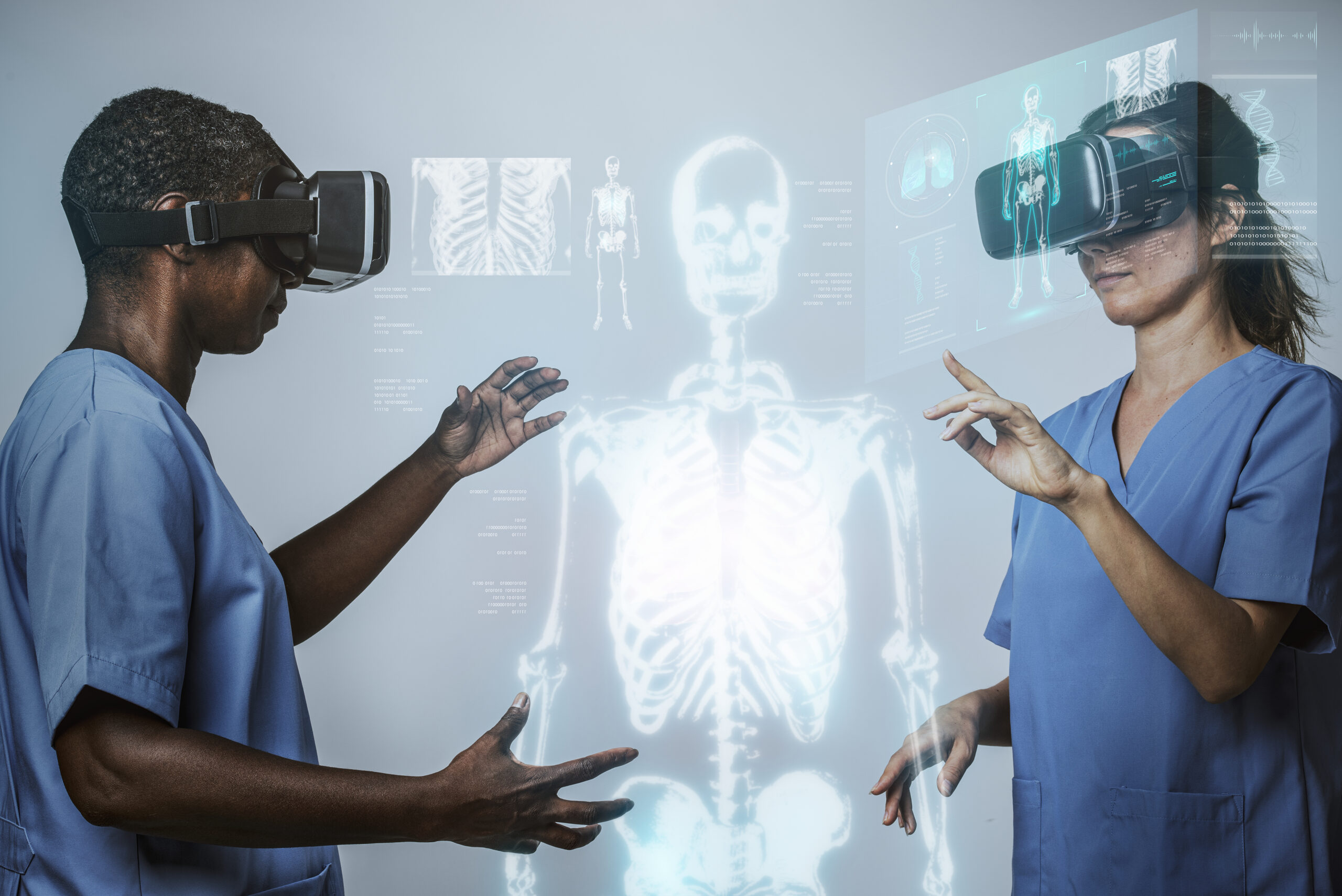More and more healthcare facilities are using Smart Rooms to innovate quality. These innovative environments leverage technology to enhance patient care, streamline operations, and improve patient and staff experiences. By integrating advanced systems, healthcare providers can monitor conditions in real time, facilitate communication, and promote a more efficient workflow. This trend is transforming how healthcare operates and aims to improve patient outcomes.
Hospitals today are investing in “Smart Rooms “, but what exactly are they, how do they work, and most importantly, how do they impact the hospital workflow? In this article, we’ll explain it to you simply.
What is a Smart Room?
A Smart Room is a space equipped with a large screen that functions as a TV and a digital whiteboard, visible to the people using the room.
This screen provides key information about the care team, medications, pain levels, restrictions, and other factors relevant to patient care.
High-definition cameras meticulously track a patient’s movements, allowing for seamless video communication that connects patients with their caregivers in real-time. Patients are equipped with user-friendly tablets that not only entertain them with a library of movies but also empower them to make requests and access a wealth of educational resources at their fingertips.
Positioned prominently outside each room, digital signage is a vital alert system for the care team, conveying essential safety-related information. It informs staff about critical details such as fall risk indicators and known allergies before entering the patient’s space. These smart devices are often integrated with the health system’s electronic health records, creating a cohesive and informed approach to patient care. All of these improvements enhance workflow and the quality of care provided.
What systems are using?
1. Electronic Health Record (EHR) Integration
Smart Rooms connect directly to the hospital’s EHR system (like Epic, Cerner, or Meditech). This allows real-time display of patient information such as care team names, medication schedules, lab results, allergies, pain levels, and treatment plans right on the room’s digital screen. Both staff and patients can easily view relevant data.
2. Nurse Call and Communication Systems
These rooms often integrate smart nurse call systems. Instead of a basic button, patients can communicate with nurses using voice commands, touchscreen interfaces, or even mobile apps. These systems can route requests directly to the assigned nurse’s smartphone or wearable device, speeding up response times.
3. IoT (Internet of Things) Medical Devices
Smart beds, vitals monitors, infusion pumps, and wearable sensors are linked to the room’s system. For example:
Smart beds track patient movement and alert staff about fall risks.
Vitals monitors automatically upload data (like heart rate, oxygen saturation) to the EHR.
Infusion pumps can communicate dosage information to reduce medication errors.
4. Environmental Controls
Patients can control the room’s environment (lighting, temperature, blinds) through integrated voice assistants or touchscreens. This improves comfort and autonomy, which also benefits recovery.
5. Patient Education and Entertainment Systems
Smart Rooms provide interactive education modules on the screen, personalized to the patient’s diagnosis and care plan. They also include entertainment options, TV, movies, music, and even virtual visits with family or specialists via video conferencing.
6. Clinical Decision Support and Alerts
Systems can analyze patient data in real time and provide clinical alerts to staff, for example, if vital signs indicate deterioration or medication times are missed.
7. Room Analytics and Workflow Management
Sensors track room occupancy, equipment usage, and cleaning status. This helps optimize bed turnover, ensures infection control (like UV sterilization cycles), and improves overall hospital operations.
Smart Rooms are powered by a combination of EHR systems, communication tools, IoT devices, environmental controls, and analytics platforms, all of which work together to improve patient care and staff efficiency.
What do you think about this? Are smart rooms necessary in healthcare facilities?







